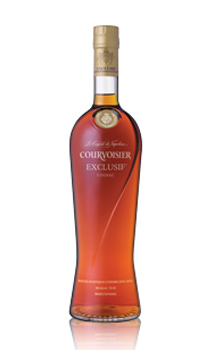MxMo XL: Ginger

Like other stuff, Mixology Monday happens every month, but is at least 7,000% more fun than paying your rent. This month, RumDood challenges us to find a use for ginger, in any of its various forms. Ginger is a wonderful thing. Its mere presence elevates a run-of-the-mill stir fry towards the awesome and beyond that, it's versatile and easily fermentable. It's worth noting that having ginger hair is often treated as a kind of social disability in Scotland, but combining the physical trait with the root can be a powerful thing.

Fresh root ginger is, as we've already decided, great. The problem is that fresh root ginger is slightly troublesome when it comes to drinks. Muddling it takes a lot of effort and adds time and icky bits of ginger into a drink - we have a cocktail at work that involves muddling fresh ginger and it sells by the hundred. Every time someone orders one, another bartender starts crying, because basically it's a lot of faf for not a lot of benefit. There are other options - ginger beer or ale are the most obvious, but you could use a liqueur like Domaine de Canton (if you could buy it in the UK) or a syrup or jam.
Yes, jam. We will make jam out of anything.
Jams offer a slightly different sweetening agent for cocktails, adding sweetness, texture and specific flavour notes without adding too much volume into the mix. They're a great alternative to liqueurs, particularly in non-alcoholic drinks.
So, yeah. Ginger jam. It's the future.
La Roux
40ml Courvoisier Exclusif
10ml Campari
2 barspoons Ginger Jam
25ml lemon juice
Dash egg white
In a mixing glass, stir the jam with the lemon juice until it dissolves. Add the other ingredients and shake with ice. Fine-strain into a chilled coupette and garnish with a thin slice of root ginger on the rim.





